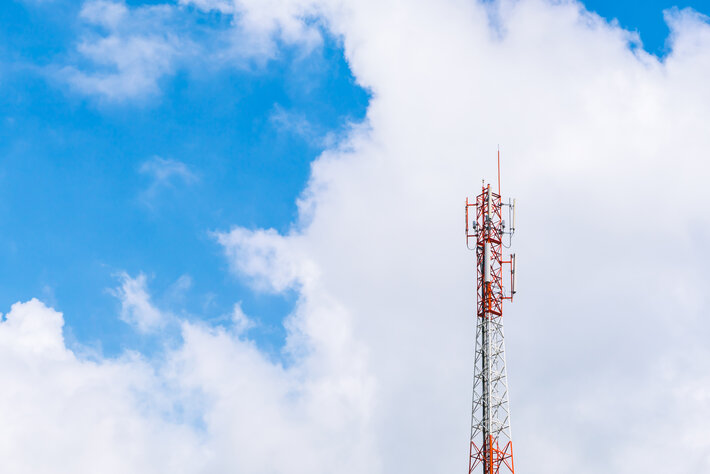Sateliot and Telefónica say they have extended the reach of 5G into space ‘for the first time in the history of telecommunications’. The test, which was supervised by the European Space Agency, provided satellite coverage extension to Telefónica’s cellular network through standard GSMA roaming using a regular SIM card on an IoT cellular device, which weas able to switch to the Sateliot network.
Sateliot showcased the end-to-end transmission over Telefónica’s network using a regular SIM card provisioned on the Kite platform of Telefónica Tech on an IoT cellular device, switching it to Sateliot network. The test demonstrated that a standard roaming connection can be authenticated by the Telefónica core through Sateliot networks.
The test also featured the ‘Store & Forward’ implementation, a two step authentication method developed and patented by Sateliot, created to support standard roaming with a MNO (mobile network operator) and adapted to the non-terrestrial network in low earth orbit (NTN LEO).
“Sateliot has achieved an important milestone by successfully demonstrating the integration of low-Earth orbit and NTN (non-terrestrial network) with roaming capabilities in Store & Forward mode, along with two-step authentication into a 5G cellular network. This significant achievement”, says Antonio Franchi, head of space for 5G and 6G strategic programme at the European Space Agency, “marks a disruptive advancement in the realm of standard satellite IoT services. The successful integration of these technologies paves the way for the digitalisation of the world, revolutionizing how we harness satellite capabilities for the benefit of global connectivity and communication.”
No more out-of-reach coverage for IoT devices
The Store & Forward technology is part of a Sateliot 5G network with satellite access that stores data when the satellite is not in position to connect with a ground station and forwards it as entering the coverage range. This is a particularly relevant feature for Sateliot’s delay-tolerant IoT services for its early-stage constellation, in which the number of satellites is still limited.
The positive results of the demo confirm that 5G IoT devices are able to transmit data through a standard roaming interface using the Store & Forward two step authentication method, ensuring Sateliot entering commercial operations in 2024.
The positive results of the test validate the further agreements between Sateliot and several stakeholders to improve millions of lives worldwide. Some case studies where Sateliot’s application is relevant include the support of 43 million Americans reliant on private water wells, the generation of millions of dollars in savings in maintenance and repairs costs for shipping companies, the assistance to South African livestock owners in their fight to stop poaching and improve herd control, and the provision of a much more precise crop-monitoring system to farmers worldwide.
Starting in 2024, Telefonica will be the initial MNO to provide to their customers with a NB-IoT (Narrowband-Internet of Things) everywhere-in-the-planet connectivity through a combination of cellular and satellite standard NB-IoT network and with inexpensive commercial standard NB-IoT devices.
Marco Guadalupi, CTO of Sateliot, says “This is the culmination of years of studies and developments of our Store & Forward two-step authentication procedure that gives Sateliot a unique position to establish roaming extension for NB-IoT NTN delay tolerant applications. We are in front of a game changer in future 3GPP networks that will reduce costs based on low density constellations and reduced ground segment infrastructure, minimising the impact in space and reducing time to market. It is very exciting to see where we are and what we have accomplished. The IoT industry is clearly headed toward the standard, and we are thrilled to enable it.”
Carlos Carazo, technology and technical operations director of IoT and big data at Telefónica Tech, says “This is a very important milestone for the industry in which Telefónica natively integrates the satellite network with the NB-IoT networks of Telefónica and Kite, the managed IoT connectivity platform developed by Telefónica Tech with which the customer can control and monitor their power lines in real time and remotely from anywhere in the world through a web portal or via APIs”.
Comment on this article below or via Twitter: @VanillaPlus OR @jcvplus






